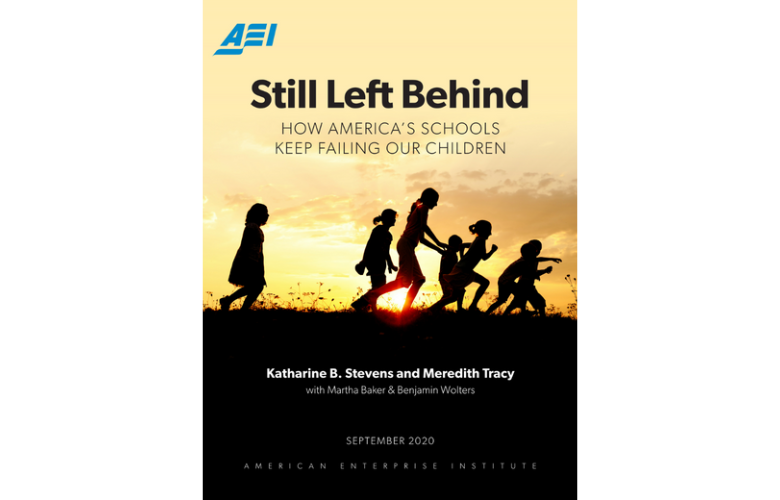Why Expanding New Mexico State Pre-K Won't Help the Children Who Need Help the Most
As the inaugural cohort of 1,540 pre-K students completed their 14th year of school this past spring, the New Mexico’s Legislative Finance Committee (LFC) released a report on the state’s pre-K program, concluding that “prekindergarten remains a cost-effective way to improve student outcomes.” But the data the report cites does not support that conclusion. Indeed, the LFC makes three errors in interpreting the research it describes: mistaking correlation for causation, confusing statistical significance with real-world significance, and misusing the concept of cost-effectiveness.
The biggest error the report makes is a common one. Like many similar studies, the LFC report describes a correlation between attending pre-K and marginally better school out- comes down the line, assuming that attending pre-K caused those better outcomes. But the research reported shows us only that attending pre-K is correlated with school outcomes. It does not tell us that pre-K caused anything.
Basic statistics explains that a correlation between two variables does not necessarily mean that one caused the other. A causal relationship may exist, but that is only one of three explanations for a correlation. Variables can be also be correlated by chance—for instance, from 1999 to 2009, the number of bicyclists killed in a collision with a stationary object was directly correlated with the number of people who died by falling from a ladder. Those two variables were closely correlated for a decade, but no causal relationship between them exists.
The final possibility is that a correlation between two variables is neither causal nor chance, but explained by an unmeasured, unaccounted-for, third variable. For example, the more fire engines called to a fire, the greater damage the fire does. That does not mean fire engines cause fire damage, however; rather, a third factor—the size of the fire—both causes how many fire engines are called and how much fire damage occurs. Similarly, increased ice cream sales are correlated with increased air conditioner purchases. Eating ice cream does not cause people to buy air conditioners. A third factor, not visible in the correlation between ice cream and air conditioner sales—hot summer weather—both causes people to eat more ice cream and to buy more air conditioners.
The best explanation for a correlation between pre-K and school outcomes falls into this final category: A third factor, not visible or accounted for in the research data, is causing both. In the case of the relationship between pre-K and school performance, that third factor is children’s parents.
See Also
Op-Ed ~ August 11, 2020
Op-Ed ~ August 3, 2020
Report ~ September 21, 2020




